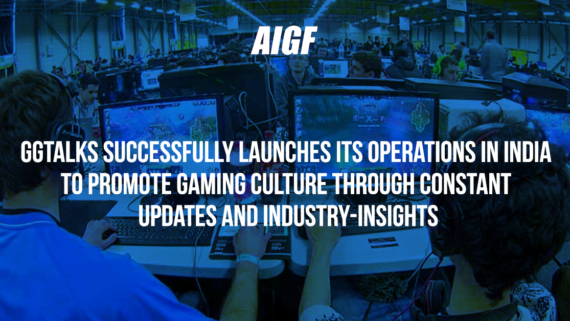The global game learning market is expected to grow at an average annual rate of 20.07% during the forecast period and reach a market size of 17.079 billion US dollars in 2026, compared to 4.747 billion US dollars in 2019 due to factors such as the increase in the number of global internet users, smartphone users, and the popularity of online games and e-learning.
The growth of Internet Users, Smartphone Users, Popularity of Online Gaming and e-Based Learning: World Game-Based Learning Markets 2021-2026
The global game learning market is expected to grow at an average annual rate of 20.07% during the forecast period and reach a market size of 17.079 billion US dollars in 2026, compared to 4.747 billion US dollars in 2019 due to factors such as the increase in the number of global internet users, smartphone users, and the popularity of online games and e-learning.
In addition, the development of virtual reality (VR) and augmented reality (AR) in teaching and education promotes interactive and immersive experiences. Large companies have invested heavily in developing innovative and cutting-edge game training solutions and services for their customers. The learning platform has changed a lot in the market. Various games have been created that allow users to create quizzes and games on any topic they like using any language in a few minutes.
There have been different platforms that allow users to add pictures, charts, and videos to their questions to increase engagement. This development is expected to have a positive impact on the market during the forecast period. An increase in the number of internet and smartphone users worldwide has helped the market to grow exponentially in just a few years.
According to data from the International Telecommunication Union in 2020, 62.6% of the total population of Asia can access the Internet and has witnessed an increase of 2,268% since 2000. Europe and North America have also undergone significant changes due to high one-time income and the presence of some major global players.
The Internet penetration rates in Europe and North America are 87.1% and 89.9% respectively. In 2020, the penetration rate in Africa in the same year was 43%. The growing Internet penetration rate in the next few years is expected to have a positive impact on the game-based learning market. The increase in the number of smartphone users may also play an important role in the overall market growth in the next few years.
In addition, the acceleration of urbanization may also play a role. According to data from the World Bank, by 2050, approximately 68% of the world’s population will live in urban areas, which is higher than the expected 55% in 2019. In recent years, many studies have shown that education and learning based on online games can improve and expand student knowledge and general skills.
Virtual reality learning in games has become more and more popular for a few years now. As a brand new advanced platform, VR game learning has the potential and ability to solve various complex learning challenges. Provide students with virtual training based on games and augmented reality. For example, Euro Pass Teacher Academy is an in-game virtual course for students. In the past few years, other participants have also made significant progress in the market. For example, in April 2021, Fox Business School announced that it will provide virtual reality in its first and new classrooms.
Latest developments:
In May 2021, the Philippine Ministry of Industry and Commerce announced the launch of interactive mobile travel guides and in-game educational apps for the Dubai Expo 2020 experience. The main goal of this development is to use technology to connect the history of Philippine cultural sustainability through interaction. This development aims to improve digital gaming services and solutions in the country.
In May 2021, Juana Technologies will host leading education services. The consulting services company announced the launch of India’s latest artificial intelligence education software Edufiq. It has been a game-based learning platform, and it has engaged children from ages 8 to 18. This development could have a positive impact on India’s game-based learning market as well, in the coming years.
Credits: Cision PR Newswire











Comments
Comments are closed.